IN FOCUS: Livelihoods, environment on the line as Thailand pushes for new industrial park
The Thai government has thrown its weight behind a large industrial city project in a coastal area in southern Songkhla. But it is opposed by locals who fear a devastating impact on their hometown.
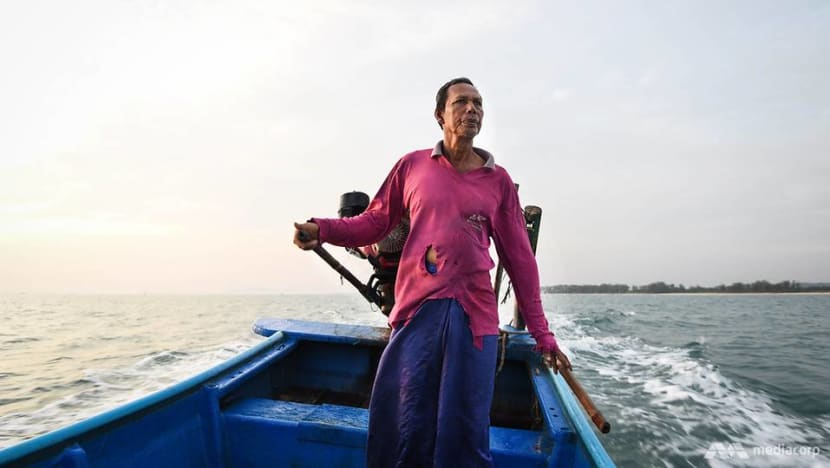
A fisherman drives his boat to catch seafood in the sea of Chana, a district in southern Thailand where a controversial industrial development is expected to take place. (Photo: Pichayada Promchertchoo)
CHANA, Thailand: For Khairiyah Rahmanyah, the sea is life.
She was born and raised by the water, like many children in Chana. The sea outside her home is shallow but abundant. It is a rich source of seafood and home to rare marine species.
Sea turtles have been spotted here, and so have pink dolphins – the endangered Indo-Pacific humpback species.
The sea of Chana has nurtured her family and generations before them. It is the lifeblood of thousands of residents in this coastal district of Songkhla in Thailand’s remote south.
“Everything I have comes from the sea. Every toy I own came from my parents’ income from fishing. For every hijab I wear, they have to go fishing and sell fish at the market before they can give me the money to buy it. The sea is very important,” said Khairiyah, 17.
Behind her, gentle waves lap the sandy shore of Baan Suan Kong, her village. The fishing community made headlines earlier this year when she wrote letters to ‘Grandpa Prayut’ – Prime Minister Gen Prayut Chan-o-cha.
Khairiyah travelled some 1,000 km from her humble home to the Government House in Bangkok. After a long journey, she delivered one of the letters addressed to the prime minister, begging him to annul his cabinet’s resolutions that had approved in principle a large industrial development in her hometown.
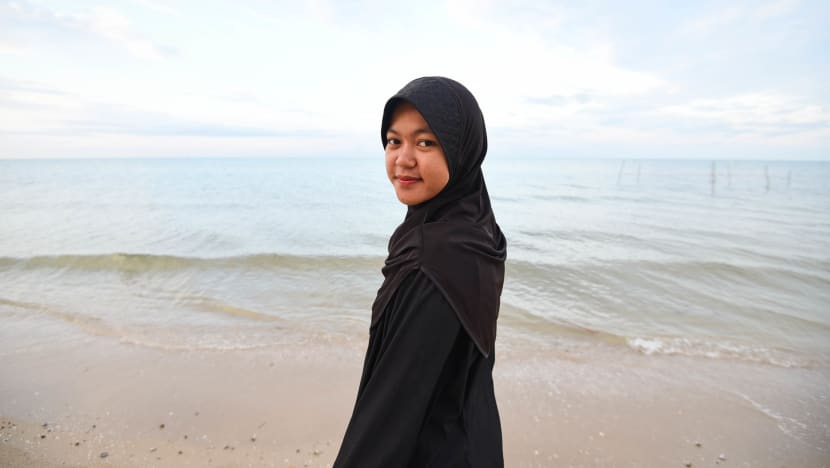
The multi-billion-dollar project is part of the government’s push for Chana to become “an advanced industrial city for the future” – a prototype for other developments to come. It is an extension from a state-backed development scheme to boost economic expansion in Thailand’s southern border provinces through private investment.
The push for development worries Khairiyah.
“I live with the sea, eat from the sea and grew up with the sea. There is a tie between us – a strong one,” she said. Her hijab flutters in the breeze.
"I breathe clean air every day and swim in the clear and clean sea. The sand is white and fine. I want the younger generations to enjoy this opportunity too."

Months have passed without a response from the government. Khairiyah is now back in her hometown. Although no major construction has yet to take place, since the project is still in its early stage, an official document provides a glimpse of what it could look like if all goes as planned.
A vast area along Chana’s pristine beach could turn into a massive industrial park in the coming years, with factories, power plants, deep sea ports and a smart city.
Once complete, the industrial city will cover 2,680 ha of land in three sub-districts of Na Thap, Sakom and Taling Chan. The area is home to more than 30,000 residents, and many fear the massive development would destroy the environment and threaten the livelihoods of tens of thousands.
"PIECE OF A JIGSAW" IN PLAN FOR DEVELOPMENT
Chana is located on the eastern coast of Songkhla province, with white sandy beaches that stretch 20 kilometres along the Gulf of Thailand.
Today, much of it is rural land with lush green trees and fields. But preparations are being made to officially reclassify its utilisation from rural and agricultural purposes to industries and warehouses.
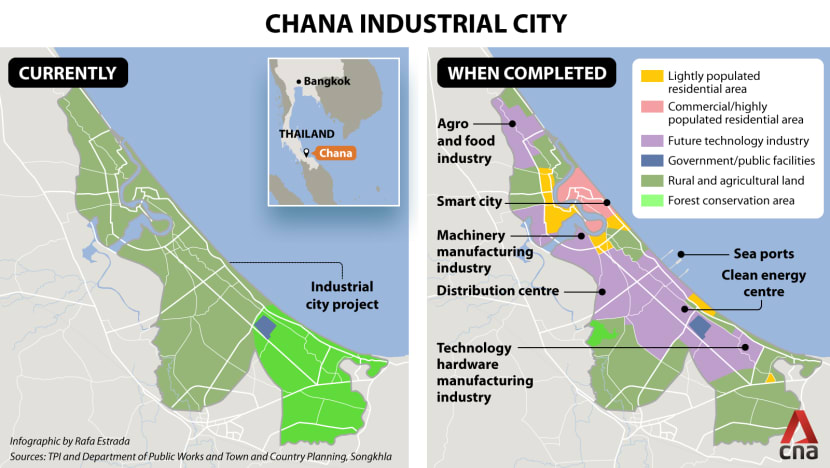
Local residents are divided over the future of their hometown. Many of them did not know about the mega project until after the national Cabinet approved it in principle on May 7 last year.
It was proposed by the Southern Border Provinces Administrative Center (SBPAC), a governmental agency tasked with promoting development work and mobilising efforts for peace-building in the conflict-ridden south.
According to its acting deputy secretary general Bordin Rassameethes, the move followed a request from the private sector to invest in the area. Their wish, he said, coincides with the government’s work to develop the economy in Thailand’s far south.
“If we look at the big picture, that is Thailand from north to south, the south is the only region without a sizable industrial sector that could influence people’s life and livelihoods,” Bordin told CNA.
“The private sector has land. So they asked for permission to build an industrial zone for the future,” he added. “It’s a piece of jigsaw to interconnect all the parts."
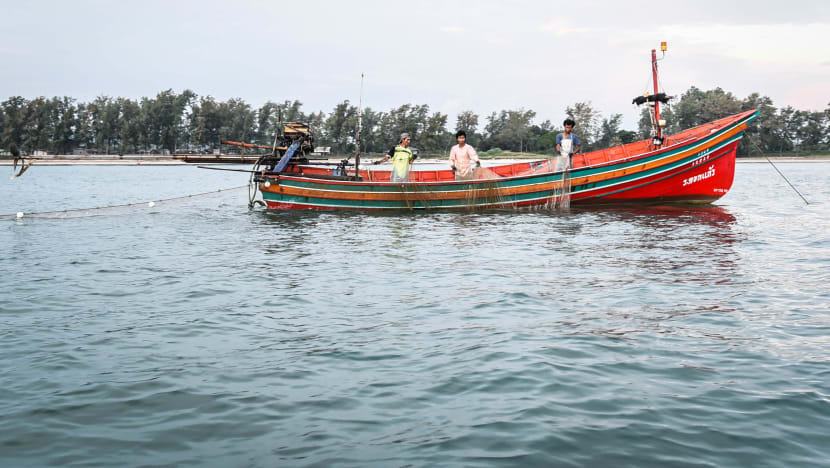
Chana is located in the border region near Malaysia. Data from the Office of the National Economic and Social Development Council showed the area recorded the lowest gross provincial product per capita in 2018, compared to other parts in southern Thailand.
By turning Chana into an industrial hub, the government hopes to attract private and foreign investments to this part of the country.
The project is driven by a public-private partnership, with funding from two private energy giants. They are TPI Polene Power – Thailand’s leading operator of power plants and petrol and gas stations – and IRPC – a subsidiary of state-owned oil and gas conglomerate PTT.
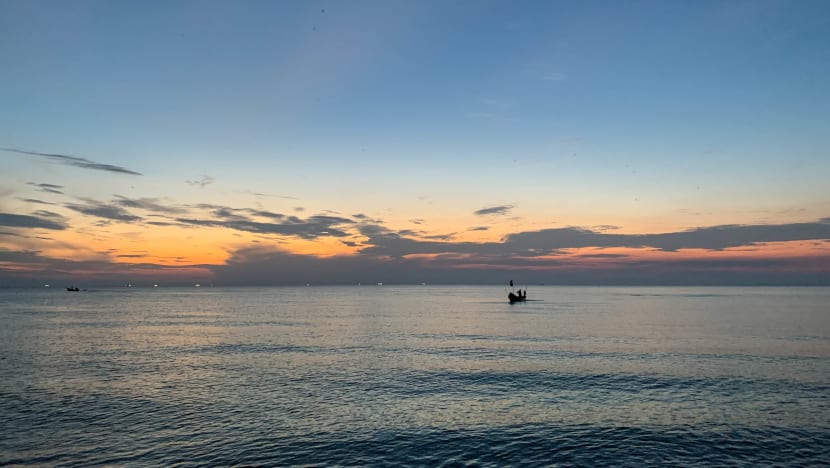
One of the key investors, TPI Polene Power, has promised more than 100,000 jobs in the industrial city, along with scholarships and funds to develop the southern border.
Its deputy managing director Pakapol Leophairatana said the firm plans to inject US$9.5 billion into the project and will take into consideration all interested parties. The company will also focus on industries with minimal impact on the environment, he added.
For the government, this is a golden opportunity for development. But for many local residents, the prospect of living close to a large industrial hub spells problems.
"IT’S OUR RICE POT"
When news of the mega project reached Chana, some residents received it with trepidation. Their future seems uncertain with a massive industrial project taking shape near their home.
“I’m worried about how to survive in the future since most of us here rely on the sea,” said Zakariya Maklim from Na Thap, where deep sea ports are scheduled to be built
They plan to reclaim land, 3-4 km into the sea. This is where we make a living. It’s essentially our rice pot.
Zakariya is helping his father catch octopus. Their wooden boat rocks gently in the middle of the sea as he hauls on a long string full of traps. With precision, he squeezes water into each trap jar, forcing the octopus to come out. His big plastic bucket is filling up fast with the sea creatures.
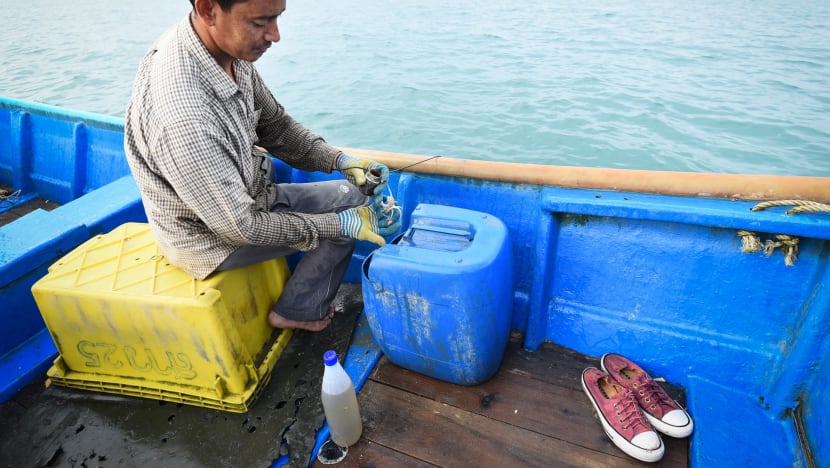
“The sea is abundant. We can catch octopus and fish during the day and find squids at night. You can catch seafood any time of the day. The income is okay too; it depends on how hard we work," he said.
"This is better than working in the city, than being told when to work and rest. It’s up to us. We rest when we’re tired and fish whenever we want."
On the shore, a row of traditional fishing boats lines the beach of Na Thap. A few metres behind, the village of Baan Suan Kong spreads beneath palm trees. Concern about the industrialisation runs deep in this area. Villagers fear it would pollute the sea, drive away fish, and eventually kill their jobs.
This is not the first time a large development initiative has met with local opposition. In 2015, the Thai government announced plans to convert a forest and wetland area in northern Chiang Rai into a Special Economic Zone. It would involve land reclamation and the building of factories.
The locals campaigned against the plan, and it appears to have been shelved, at least for now.
A document from SBPAC reveals that 1,600 ha – 60 per cent of the Chana industrial city – will be used for power generation, heavy industry and other industries related to the sea ports. Agricultural and light industries will take up around 680 ha, while the remaining 400 ha will house a logistic centre and a smart city.
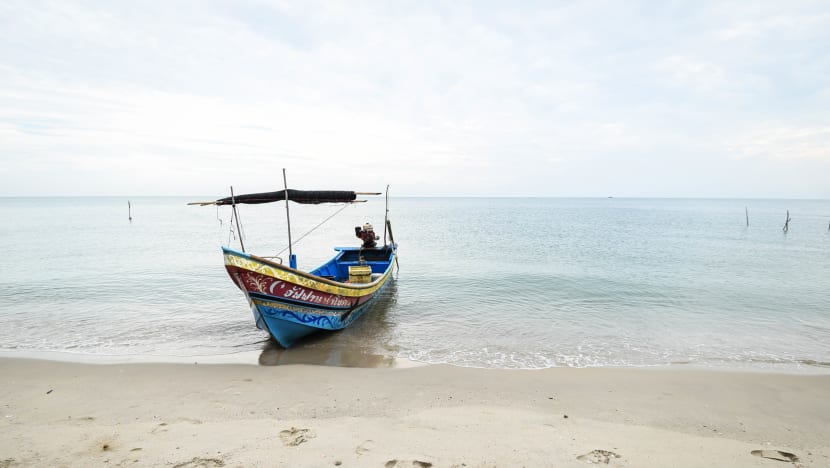
Noting the locals’ concern, Bordin of SBPAC said the project will be regulated and its impact will be minimised. He also emphasised that Chana would be developed into an advanced industrial city for the future and that there are still many public hearing forums and Environmental Impact Assessments (EIAs) to be carried out.
“People are often concerned when we talk about industrial development in Chana but we forget an important part here, which is ‘for the future’. So it’s impossible for the project to contain a petro-chemical industry or any other industry that would impact the environment,” he told CNA.
Concern is good but sometimes, we need to look at the big picture too.
For Bordin, the mega project could provide Chana with new opportunities, particularly employment. Right now, he said, a number of southerners have to find work in neighbouring Malaysia and many local graduates are faced with career limitations in their hometown.
“Everything we’re doing is to create opportunities for the area. We could let it continue like this but what about the future? We have people who want to live the traditional way. But there are also people who want a new way of life and new opportunities,” he added.
“It doesn’t mean you have to seize them but you have choices, and that’s the key.”
Despite strong objection from some locals, others welcome the job prospects.
“At least, our youths who will graduate from universities and schools wouldn’t need to travel far for jobs,” said Na Thap resident Sakkariya Ayama.
“I look at this as an opportunity that has never been here. Moreover, economic expansion at this time doesn’t happen so easily. It’s difficult to attract investors anywhere.”
READ: From marine waste to fashion - A journey of flip-flops and trash heroes from Thailand’s far south
FEASIBILITY REPORT HIGHLIGHTS ENVIRONMENTAL RISKS
In January, the national cabinet assigned SBPAC to supervise the Chana industrial project. Its responsibilities include holding public hearing forums on the multi-billion-dollar development.
However, the agency has been accused of lacking transparency in its handling of the forums, and for failing to provide comprehensive information about the mega project.
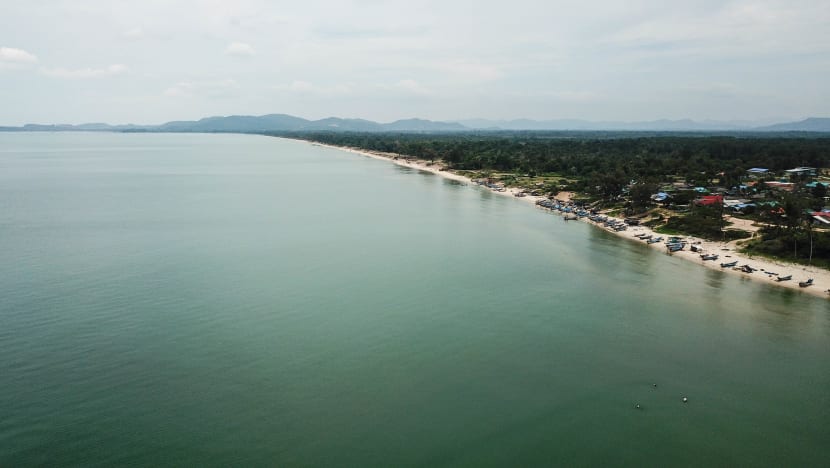
The criticism centres on a lack of data about its impact on the environment, health and livelihoods. Based on a feasibility study report distributed by SBPAC in June, there appears to be a significant risk of pollution from what is portrayed as an advanced industrial city for the future.
The list is long. It encompasses various harmful pollutants that could cause respiratory problems, contaminate waterways and result in ecological damage.
The 3,700-megawatt power industry, which would be fuelled by four plants on a 640-ha estate, could release suspended particulate matter, sulphur dioxide and nitrogen dioxide into surrounding air, according to the feasibility report.
The deep sea ports, it added, could discharge noxious liquid substances, sludge oil, sewage and harmful substances in packaged form into the sea. Their construction could also obstruct natural watercourses, affect the marine ecosystem, and create oceanic and coastal geomorphologic impacts, the report said.
Once the industrial city starts operating, the same study showed that waste could become a big problem in Chana as a result of petroleum refining, natural gas purification and treatment of coal in the industrial park.
READ: New research links Asia's air pollution with heavy economic impacts, thousands of premature deaths

When it comes to impact mitigation, however, there were not many details on what would be done.
“The project will control, monitor and manage pollutants in the air and water as well as industrial waste according to the findings of environmental impact assessments that would be carried out in order to meet the standards required by the law,” the report said.
"CAN YOU RELEASE MORE FISH?": GOVERNMENT
The lack of information about the project’s impacts and mitigation processes has affected locals’ participation in public hearings.
According to environmental lawyer Amarin Saichan from EnLaw, this has prevented them from fully understanding how their lives would change once different industries arrive in Chana.
“The information about the impacts and mitigation measures in the feasibility study is rough and brief. It’s not enough to develop understanding about environmental and health effects that would occur. This could make the public unable to share their opinions effectively, especially when it comes to impacts on the marine ecosystem, which is Chana’s key potential,” Amarin said.
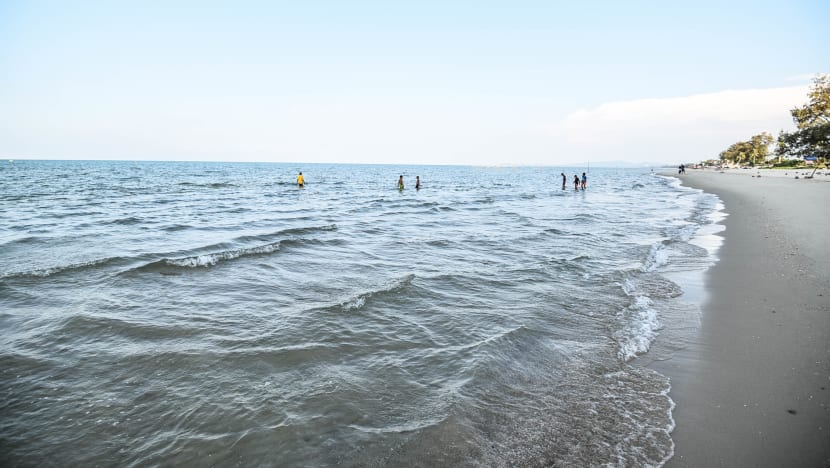
Currently, the project area is mostly zoned for rural and agricultural land use. But efforts are being made to officially reclassify it as an industrial zone. The process involves decisions by the local residents, and Amarin believes they need more information before deciding on the future of their hometown.
“Inevitably, the change is likely to cause pollution and impacts on the environment, ecosystem and livelihoods of local people,” he said.
According to SBPAC, however, the state-backed mega project will be regulated and monitored. Bordin told CNA his agency will ensure “all the matters of public concern will not occur” in the Chana industrial city.
“If we’re neglectful, of course, there could be impacts. It’s undeniable. But at the same time, it’s our responsibility to advise the private sector. For instance, ‘Can you plant artificial corals?’, ‘Can you release more fish?’ or anything that would make sure no fishermen would lose opportunities or have to change their livelihoods,” he said.

For Bordin, the industrial city would bring endless opportunities to people in Chana. He believes that by having various industries in one place, the government can easily regulate their operations and control the impacts.
“Everything can be controlled because there are laws to regulate them. Having an industrial zone is not as worrisome as having factories scattered around and neglected, right? If state mechanisms are strong, everything will proceed as it should,” he said.
READ: ‘We have upset the balance of nature’, Thai environment minister warns amid green recovery efforts from pandemic
CALLS FOR MORE LOCAL CONSULTATION
Public trust in the government is limited in parts of Chana. For months, SBPAC has come under fierce criticism for the way it held discussion forums in the area.
Unless officially invited, participation in these events is exclusive to the residents of Sakom, Taling Chan and Na Thap – the three sub-districts that mark the location of the future industrial zone.
The rules of participation are viewed by environmentalists as an attempt to stifle opposition and speed up the process.

According to Amarin from EnLaw, a big development project like this could result in change to the environment, livelihoods and health of people in a vast area. So by restricting public participation, he said SBPAC has deprived the rights of people and communities outside the industrial zone.
“The forums are only staged to meet legal requirements, not to truly heed the people or engage them in shaping a suitable and sustainable development plan,” he told CNA.
The impacts would be multidimensional and not limited to the three sub-districts.
Meanwhile, people who oppose the industrial development claimed they have been barred from taking part in the government-sponsored forums. One of them is Khairiyah’s father, Rungruang Rahmanyah.
Before a big public hearing in July, he claimed he was harassed by security officers. They came to his home several times, he said, to ask if he planned to join the event and what he would do.
“They came so often it seems like harassment,” Rungruang told CNA. “Sometimes they came in a car, showed me their faces and went back, just like they were threatening me.”
The fisherman has been vocal in his opposition. He does not agree with the government that Chana is suitable for an industrial project of this scale, and has been campaigning to protect its natural resources.
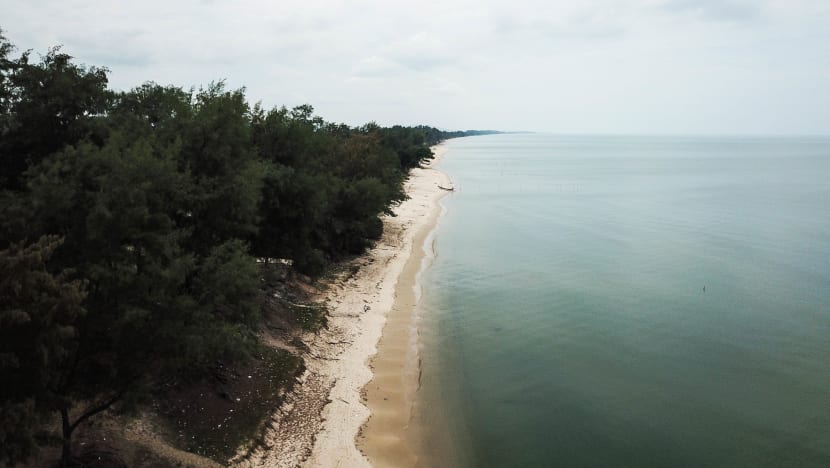
For more than 20 years, local residents have carried out marine conservation work here. Years of commercial fishing had earlier depleted the sea in Chana. Today, the area has once again become a rich fishing ground, surrounded by green fields and orchards, forests and canals.
“Global development is clearly moving towards sustainability and reduced climate change impacts, and locals here have been moving in that direction. But when the idea of an industrial estate emerged, it’s the opposite,” said Supat Hasuwannakit, Chana Hospital director and local activist.
What’s happening in Chana is a clear example of broken democracy and authoritarianism that suppresses locals with state power and capital without caring what locals would say.
The government sees it differently.
By making Chana an industrial hub, it believes southern Thailand could greatly profit from the economic expansion. A variety of industries are expected to accommodate the local labour force and enhance the use of resources in Songkhla and nearby provinces.
“Everything has impact but it must be minimal. The impact must also be positive in order to improve the locals’ well-being and give them freedom to choose their way of life,” said Bordin of SBPAC.
Away in Baan Suan Kong, the sun is moving towards the horizon. Small children laugh as they try to catch fish in the shallow water.
With her bare feet, Khairiyah strolls along the beach outside her home. Her choice is clear.
“The sea is like another mother – a mother who has never left me,” she said. “Our fight is meaningful and we insist we don’t agree with anything that would destroy our way of life or the environment.”














